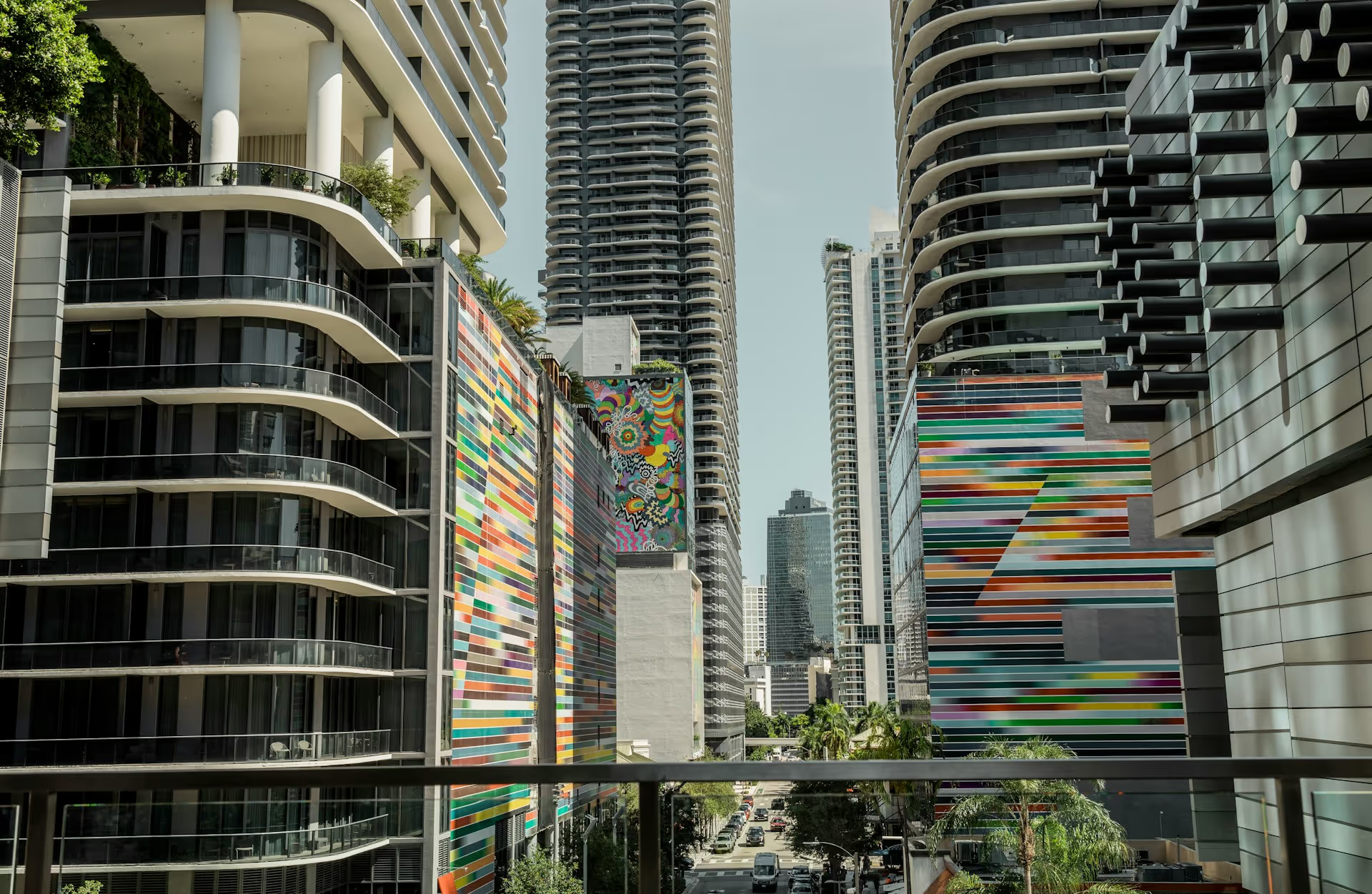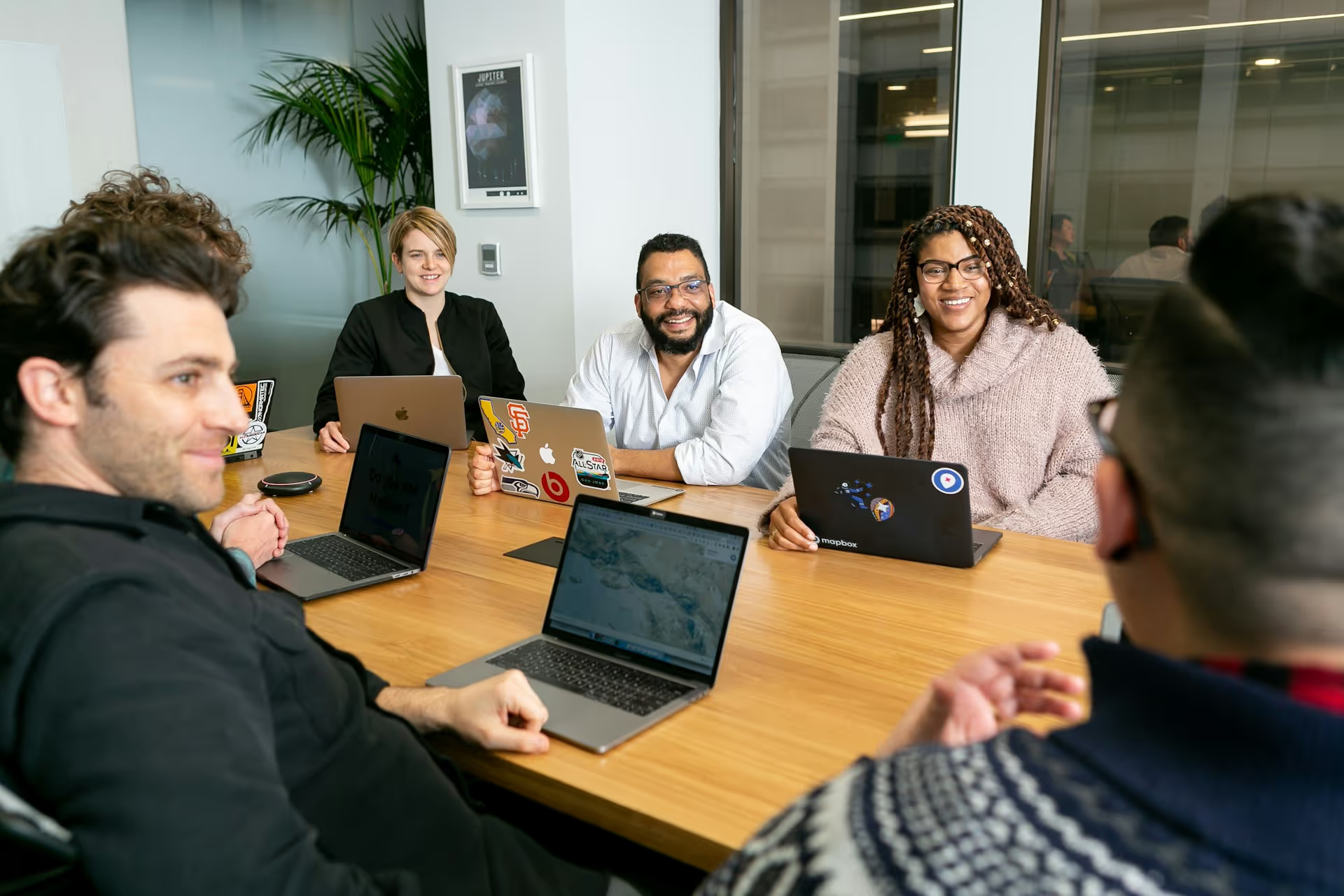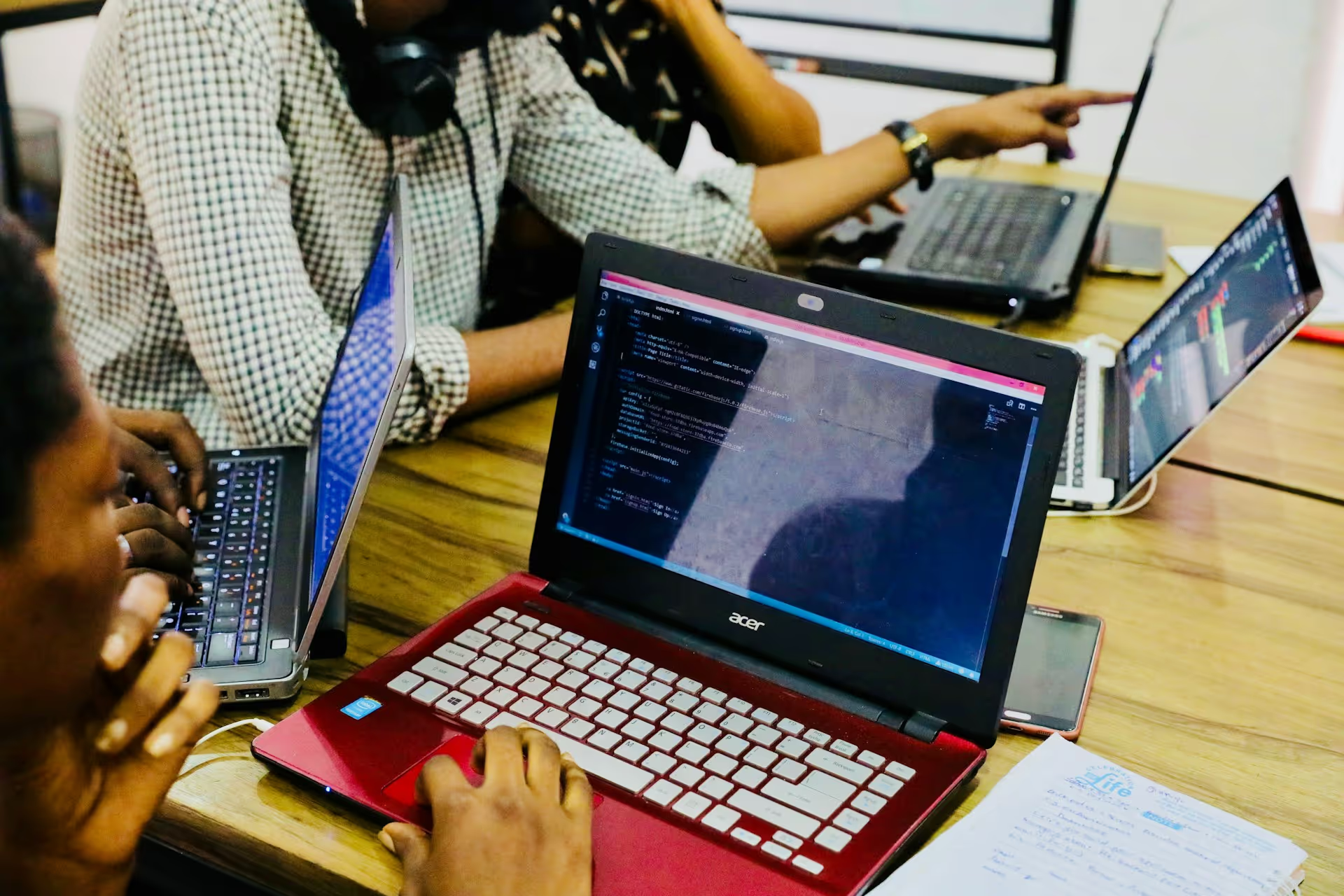
Why San Francisco Companies Are Turning to Nearshore Tech Talent for Engineering Scale
1. Introduction:
San Francisco has always been more than a city. It is a brand in itself, synonymous with innovation, risk-taking, and the relentless pursuit of growth. From the garage startups of the late 1990s to the unicorns of today’s AI boom, the Bay Area has defined how technology companies scale. Yet as we move deeper into the 2020s, the path to engineering scale looks very different than it once did.
Hiring the best engineers in San Francisco has become one of the most difficult challenges for founders, CTOs, and product leaders. The cost of talent is astronomical, competition from Big Tech and well-funded AI labs is intense, and the funding climate is forcing companies to achieve more with less. The same region that built the idea of “move fast and break things” is now grappling with the reality of limited budgets, shortened runways, and investors who demand efficiency as much as innovation.
Against this backdrop, more and more San Francisco companies are turning to nearshore tech talent from Latin America to meet their engineering needs. Unlike offshore models in distant geographies, nearshore brings the critical advantage of timezone overlap, cultural affinity, and cost efficiency — without sacrificing the technical depth and quality that Bay Area companies demand.
In this blog, we’ll explore in depth why nearshore is becoming the go-to model for San Francisco startups and scaleups. We’ll unpack the pressures driving the shift, highlight the technical advantages of LATAM engineers, and outline how nearshore strategies are enabling companies to scale sustainably without burning through capital.
2. The Talent Crunch in San Francisco
The Bay Area remains one of the most expensive and competitive places in the world to build technology teams. For decades, this was seen as a strength: the best companies in the world had to compete here, and the concentration of talent pushed everyone forward. Today, however, the economics of that competition are forcing companies to rethink how they hire.
The first driver is cost pressure. A senior software engineer in San Francisco typically earns a salary north of $180,000, with total compensation often exceeding $250,000 once stock options, benefits, and perks are factored in. For growth-stage startups, especially those operating under the scrutiny of cautious VCs, those numbers quickly deplete funding rounds. When engineering teams need to scale by tens of people, not just one or two, these costs become prohibitive.
The second challenge is market saturation. Companies are not only competing with other startups but with giants like Meta, Google, Microsoft, and OpenAI, all of which aggressively recruit from the same talent pool. This creates a bidding war that smaller companies simply cannot win. Even when they do manage to hire, retaining engineers is another challenge, as many Bay Area professionals switch jobs every 12–18 months in search of better equity packages or faster career progression.
The third challenge comes from the remote-first model that became standard after the pandemic. Initially, distributed work was seen as the ultimate solution — hire engineers from anywhere and escape the talent crunch. But reality has revealed cracks in the model. Offshore teams in Asia or Eastern Europe may be technically strong, but timezone differences slow communication and reduce productivity. For startups that thrive on rapid iteration and quick feedback loops, asynchronous collaboration simply cannot match the speed required to deliver competitive products.
Finally, the funding climate in 2025 adds another layer of complexity. Investors want startups to stretch every dollar further, extend their runway, and demonstrate capital efficiency. Engineering leaders are under pressure to deliver the same — or greater — output with tighter budgets. Together, these factors explain why San Francisco companies are actively searching for smarter, more scalable hiring strategies.
3. Understanding Nearshore Tech Talent
Nearshore is often contrasted with offshore and onshore models, but many executives only vaguely understand what it entails. In simple terms, nearshore talent refers to hiring professionals from countries geographically and culturally closer to the U.S. For San Francisco companies, this usually means tapping into Latin America — countries like Mexico, Colombia, Argentina, Brazil, Costa Rica, and Chile.
The value of nearshore comes from a unique combination of attributes:
- Geographic proximity creates overlapping time zones that make real-time collaboration possible. Unlike teams in India or Eastern Europe, developers in Mexico City or Bogotá can join a San Francisco stand-up meeting at 10 a.m. without adjusting their schedule.
- Cultural alignment ensures smoother communication, with many LATAM professionals fluent in English and familiar with U.S. business practices.
- Cost efficiency allows companies to access high-caliber engineers at a fraction of Bay Area compensation packages, without the quality compromises often associated with low-cost offshore models.
Compared with onshore hiring, nearshore offers significant cost advantages. Compared with offshore, it provides collaboration advantages that can make or break a startup’s velocity. It is, in many ways, the middle ground that maximizes value while minimizing friction.
4. Why San Francisco Companies Are Embracing Nearshore
The embrace of nearshore in San Francisco is not accidental. It is the result of multiple overlapping benefits that align directly with the challenges Bay Area companies face.
The most immediate advantage is timezone alignment. Agile development thrives on fast communication, quick problem solving, and constant iteration. When engineers and product managers operate in the same or similar time zones, stand-ups, sprint reviews, and bug triages happen seamlessly. For companies in San Francisco, having engineers in Mexico, Colombia, or Argentina means no more waiting 12 hours for offshore updates — decisions happen in real time, and velocity increases.
Another major factor is technical depth. LATAM engineers are not behind their U.S. counterparts; they are fully up to speed on modern stacks. Many specialize in exactly the frameworks San Francisco companies rely on, from React and Next.js on the frontend to Node.js, Django, and Go on the backend. DevOps professionals in the region are proficient with Kubernetes, Terraform, and cloud-native infrastructure. Data scientists are building AI/ML models in TensorFlow, PyTorch, and HuggingFace. The skillset match is not an afterthought — it’s a direct alignment with the needs of modern SaaS, FinTech, and AI companies in San Francisco.
Cost efficiency is also a game-changer. A senior engineer in LATAM might cost between $70,000 and $100,000 annually — significantly lower than the $200,000+ Bay Area equivalent. This is not about outsourcing to the cheapest bidder. It is about accessing the same caliber of talent without burning through venture capital. For startups that need to extend runway, these savings can be the difference between hitting Series B milestones and running out of funds.
Retention further strengthens the case. Engineers in San Francisco often view roles as stepping stones, moving on quickly for better compensation packages. LATAM professionals, in contrast, tend to value stability, long-term collaboration, and opportunities for career growth. Companies report retention rates that are 30–40 percent higher than their U.S. teams. This stability translates into stronger team culture, less time spent on rehiring, and more consistent product delivery.
5. Technical Insights: How Nearshore Teams Deliver Engineering Scale
From a technical perspective, the nearshore model is designed for agility and scale. Engineering is not simply about writing code; it’s about integrating processes, tools, and talent into workflows that accelerate delivery. Nearshore engineers bring three core technical advantages to San Francisco teams:
First, they excel at agile workflows. Daily stand-ups, sprint retrospectives, and continuous integration cycles are far more effective when teams share overlapping hours. With nearshore engineers, companies maintain the same velocity they would expect from local hires.
Second, they bring expertise in modern technology stacks. Universities and coding bootcamps in Mexico, Brazil, and Colombia emphasize the same cutting-edge frameworks and cloud-native approaches used in San Francisco. LATAM engineers are deeply skilled in frontend frameworks like React and Vue, backend environments like Node.js and Go, cloud infrastructure on AWS and Azure, and modern QA automation with Selenium or Playwright. For AI-driven companies, LATAM is producing highly capable machine learning engineers fluent in PyTorch, TensorFlow, and LLM fine-tuning.
Third, they support scalability. For a San Francisco startup moving from MVP to Series B, doubling or tripling output can mean survival. Nearshore teams, often structured as dedicated pods of 4–8 engineers, can plug directly into existing workflows and expand capacity without requiring months of recruitment. The integration is smoother because of cultural and timezone alignment, and the output is higher because teams are designed for velocity.
Security and compliance are often raised as concerns, but top nearshore partners now operate under U.S. legal frameworks, ensuring compliance with SOC 2, HIPAA, GDPR, and financial industry requirements. For San Francisco companies in sensitive verticals like FinTech or HealthTech, this level of alignment removes the barriers that once made global hiring risky.
6. Addressing Common Concerns
Skeptics of nearshore often raise familiar objections. Some argue that “nearshore is still outsourcing,” implying a loss of control. The reality is that nearshore models today focus on integration, not isolation. Engineers are embedded into teams, not siloed into separate units.
Others worry about quality. This concern stems from outdated outsourcing models. Modern nearshore providers rigorously vet candidates for both technical and cultural fit, ensuring that companies are hiring professionals who can deliver at the same standard as Bay Area peers.
Cultural alignment is also cited as a risk. In practice, Latin American professionals are highly aligned with U.S. business culture. Many are bilingual, educated in U.S.-style institutions, and already accustomed to working with American companies. The collaboration experience is far smoother than with offshore regions where language or communication barriers can create delays.
7. Future Trends: The Nearshore Wave in 2025 and Beyond
The nearshore model is not a temporary fix; it is becoming a permanent strategy for San Francisco companies. Several trends point to continued growth:
- AI integration: San Francisco’s booming AI ecosystem requires massive data science and machine learning capacity. LATAM engineers with expertise in AI/ML pipelines are increasingly critical to accelerating product development.
- Cloud-native expansion: As companies migrate to microservices and Kubernetes architectures, demand for DevOps talent in LATAM is soaring.
- Talent marketplaces: New platforms directly connect Bay Area CTOs with vetted LATAM engineers, reducing the friction of hiring and speeding up integration.
- VC influence: Investors are encouraging portfolio companies to embrace nearshore to extend runway and reach milestones more efficiently. What was once an optional strategy is now seen as a best practice.
8. How San Francisco Companies Can Get Started
For San Francisco leaders considering nearshore, the path forward is structured and practical. The first step is to conduct a talent audit. Identify gaps in frontend, backend, QA, and data engineering. The second step is to define goals clearly — whether the priority is faster releases, cost savings, or innovation.
Next, choose the right partner. Look for providers with proven experience in SaaS, FinTech, or AI — industries central to the Bay Area. Starting small is often best. Integrate two or three engineers, test workflows, and then expand into full pods once integration proves successful.
Above all, prioritize culture fit. Technical skills are table stakes, but seamless collaboration depends on communication style, work habits, and shared expectations. The best nearshore partnerships focus on building not just teams, but relationships that grow alongside the company.
9. Conclusion
San Francisco companies have always been defined by their ability to adapt, scale, and innovate. But the economics of hiring have shifted, and so has the reality of building high-performing engineering teams. Nearshore tech talent is no longer a backup plan — it has become a strategic imperative.
With overlapping time zones, technical excellence, cost efficiency, and cultural alignment, LATAM engineers are enabling San Francisco startups and scaleups to build smarter, move faster, and extend runway without compromising quality. For founders, CTOs, and engineering leaders, the question is not whether nearshore works. The question is how quickly it can be adopted as the foundation for sustainable growth.
Brightter stands ready to help ambitious San Francisco companies seize this opportunity. By delivering nearshore talent strategies that integrate seamlessly, accelerate delivery, and drive measurable results, Brightter empowers companies to scale with confidence in the most competitive tech market in the world.



.avif)

















































































